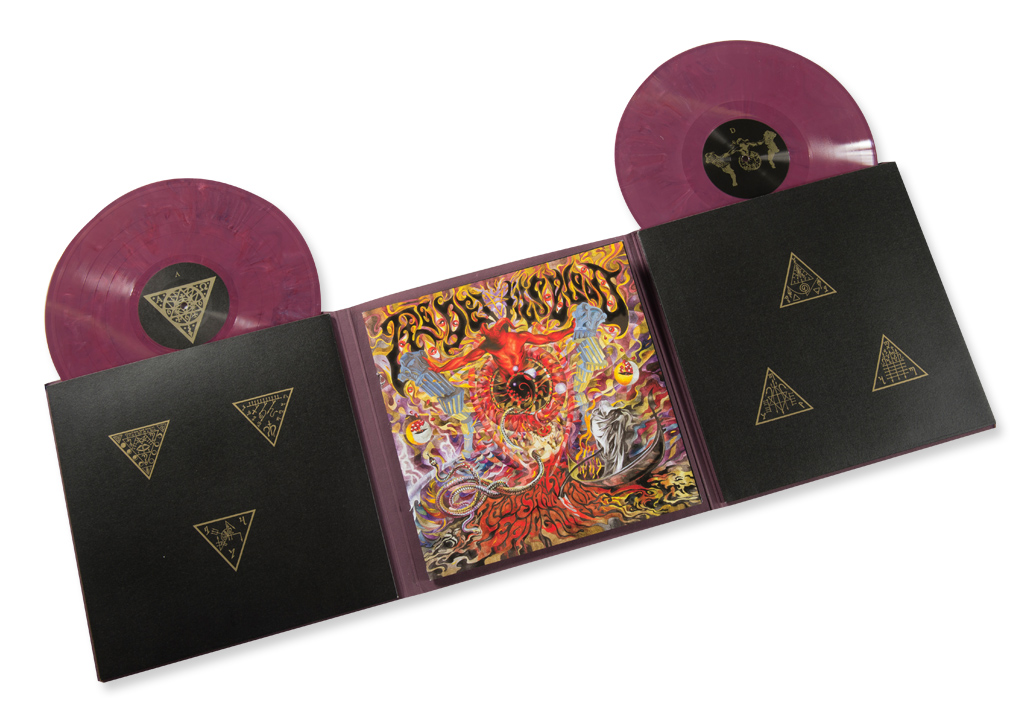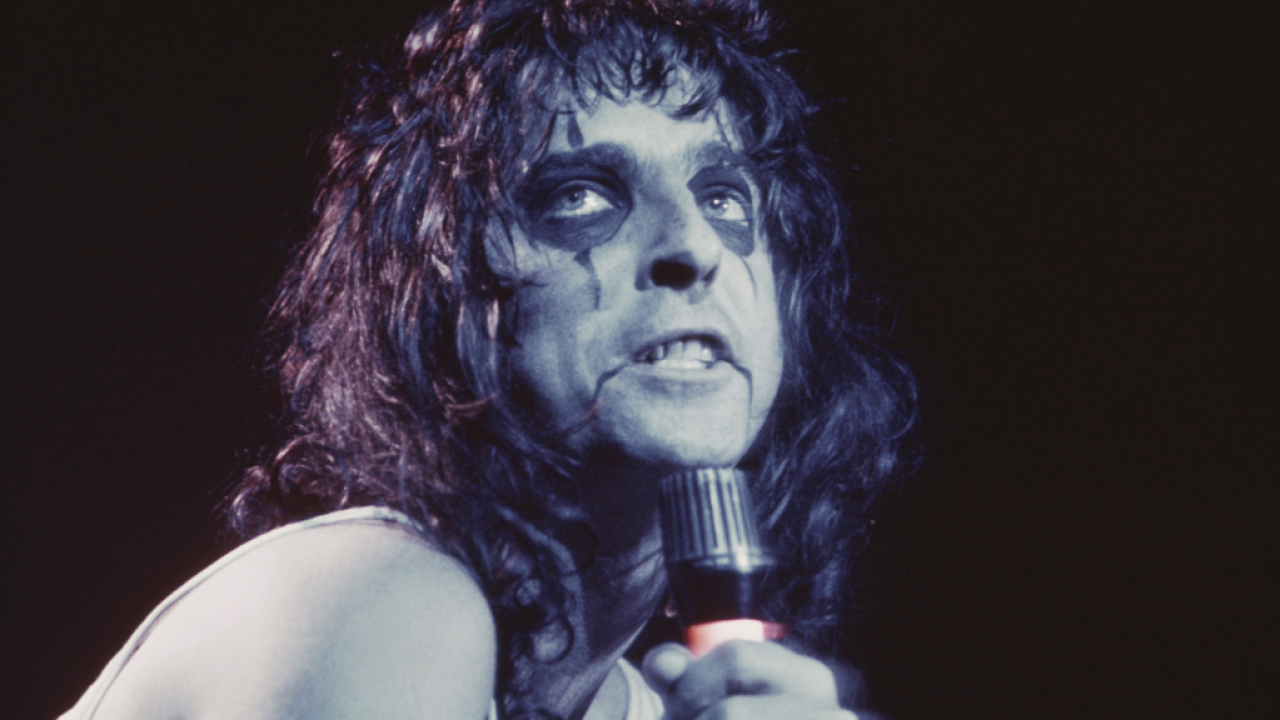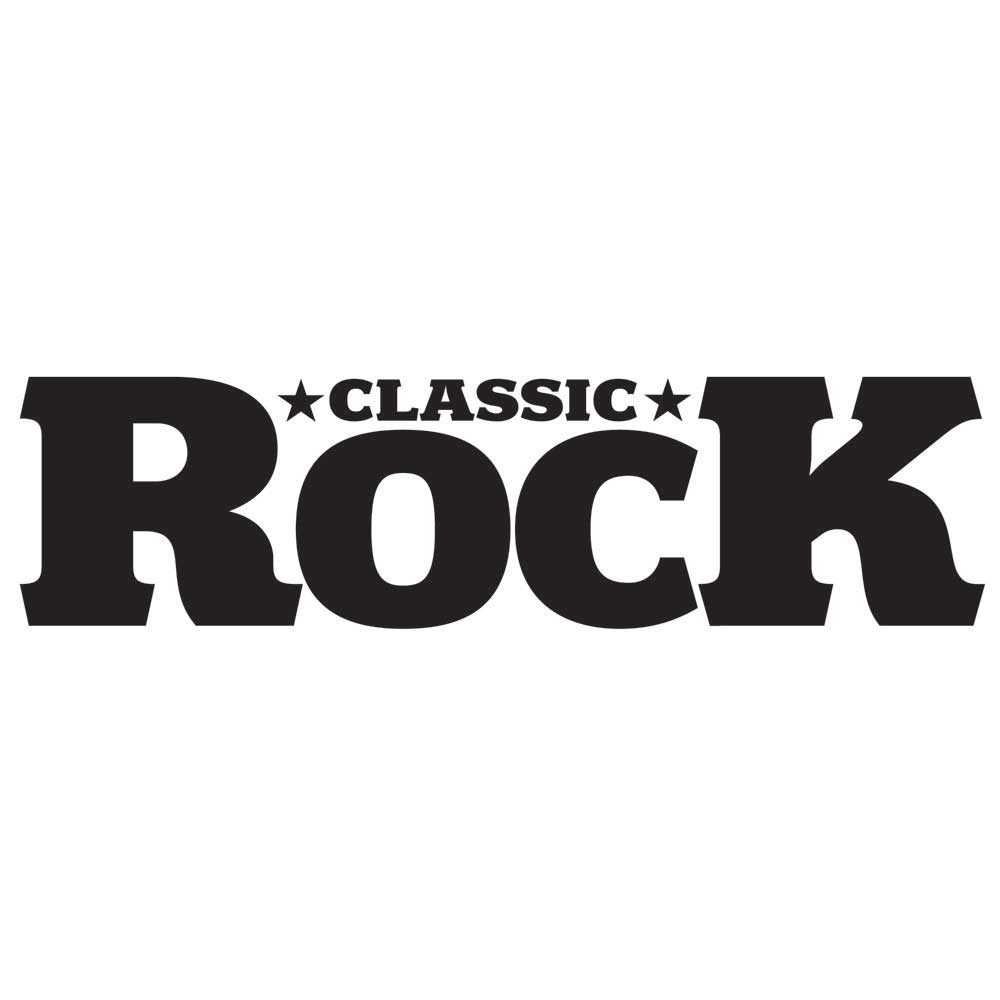The mavericks who turned the idea of the traditional LP sleeve upside down and inside out.
**THE ROLLING STONES **
Their Satanic Majesties Request (DECCA, 1967)
In presenting the case for vinyl, the generous 12-by-12-inch canvas for artwork is an undeniable selling point. And the packaging for the Stones’ solitary stab at psychedelia could be exhibit A. From the lenticular 3-D cover (find those hidden Beatles) to the maze and multi-coloured Bosch-style collage in the gatefold, there’s so much for the eyes to enjoy. Unfortunately, not as much for the ears.
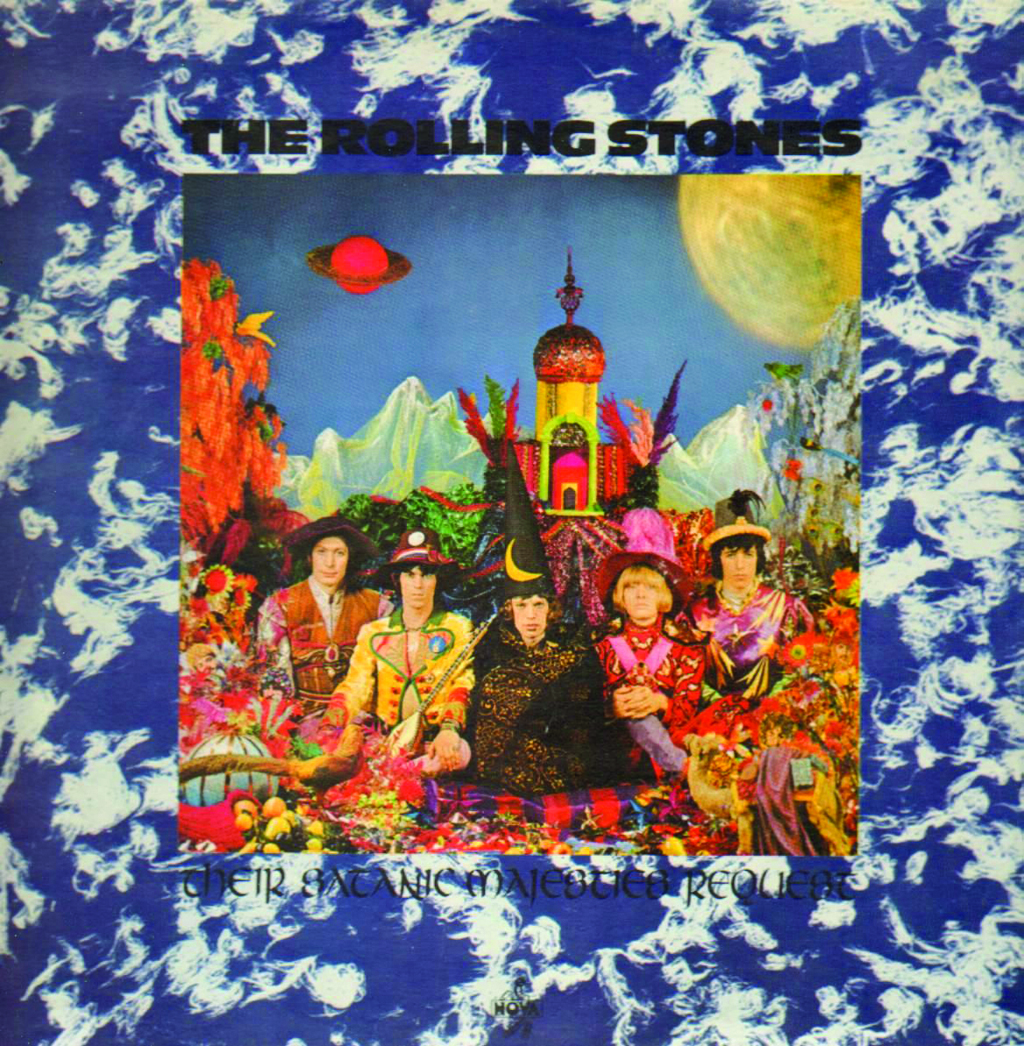
**SMALL FACES **
Ogdens’ Nut Gone Flake (IMMEDIATE, 1968)
What better way to sample the Small Faces’ distinctly homegrown brand of psychedelia than via an outsized tin parody of one of England’s leading brands of tobacco? The costly design – housing a collage of five connected circles and mocked-up joint wrappers – was a reflection of both the 60s’ infatuation with Victoriana and the surreal brilliance of the music within.
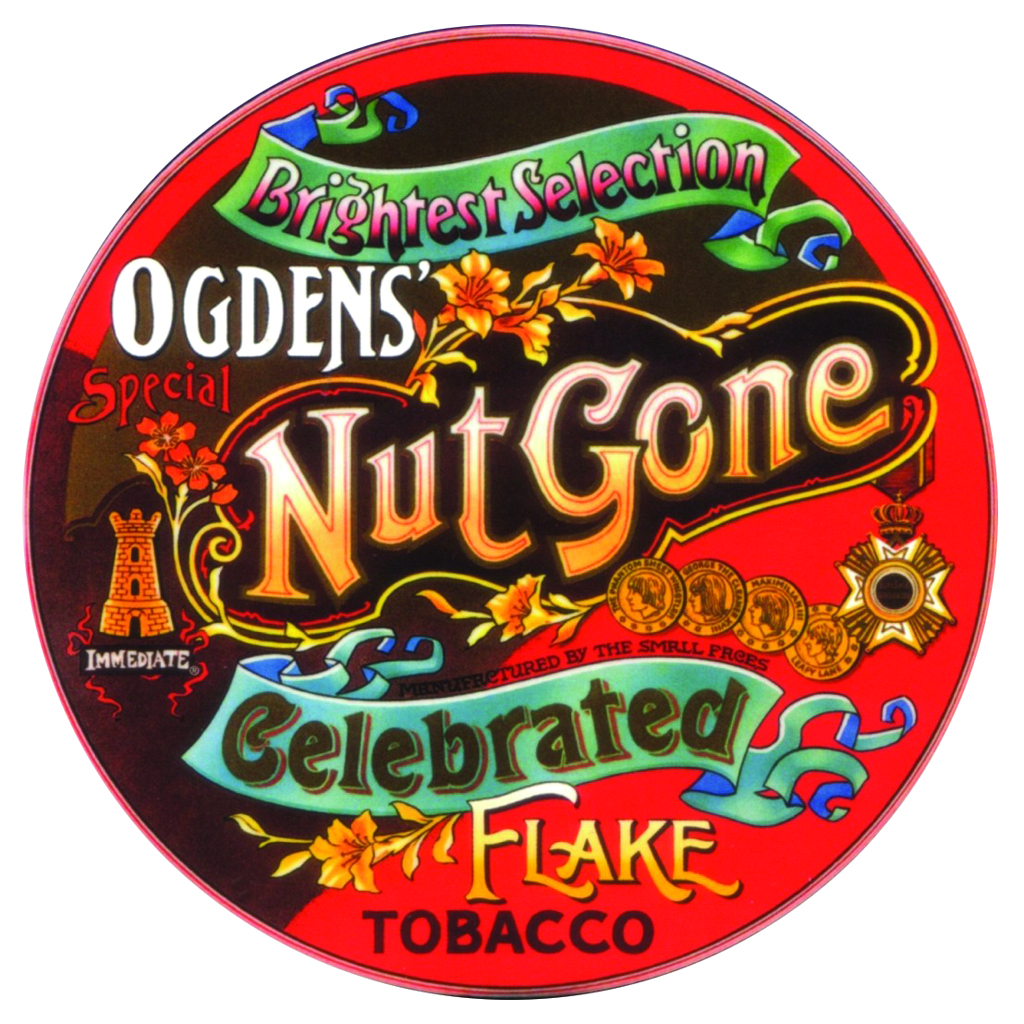
**FAIRPORT CONVENTION **
“Babbacombe” Lee (ISLAND, 1971)
Inspired by a newspaper-cuttings file discovered in a junk shop, Fairport documented the legend of John ‘Babbacombe’ Lee – alleged murderer and ‘Man They Could Not Hang’ – with a gatefold concept presentation. The eight-page Lloyd’s Weekly News insert, featuring the story as written by Lee, provided an immersive addendum to the band’s seminal folk opera.
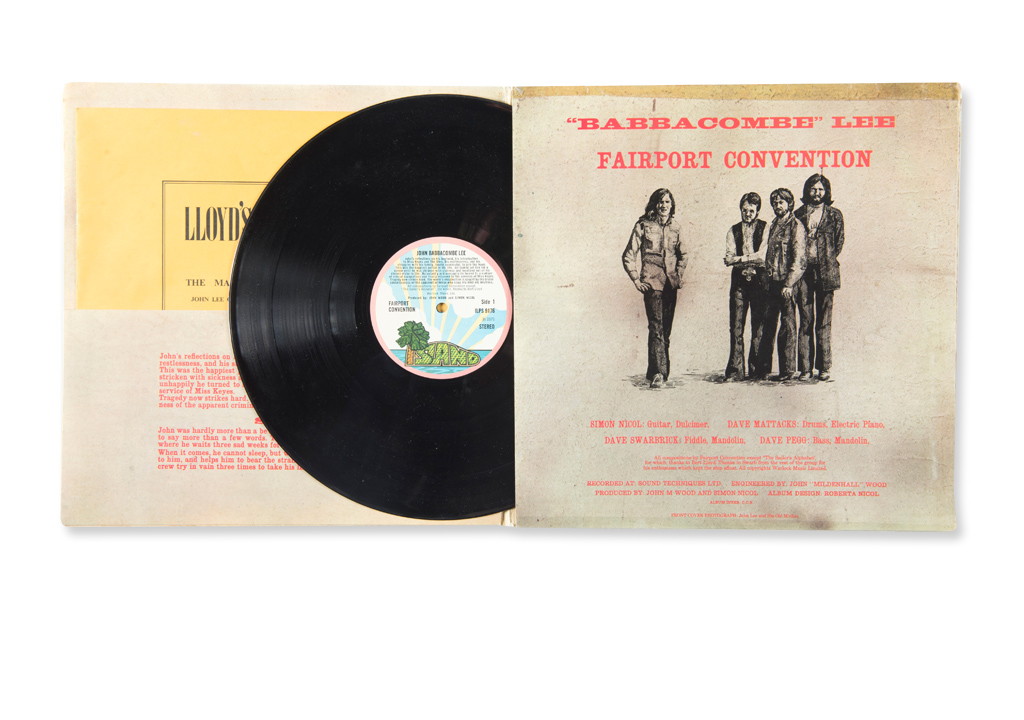
JETHRO TULL
Thick As A Brick (CHRYSALIS, 1972)
Never one to shy away from an overarching conceit, Ian Anderson opted to sheath Tull’s first great prog-rock fantasia in a spoof newspaper, The St. Cleve Chronicle & Linwell Advertiser, which claimed all the lyrics had been adapted from a poem by an eight-year-old child prodigy. The idea behind this Pythonesque foolery, said Anderson, was to create “the mother of all concept albums”.

MAN
Be Good To Yourself At Least Once A Day (UNITED ARTISTS, 1972)
Welsh psychedelia’s pinnacle includes the classics C’Mon and Bananas, but the sleeve is where the real action is. The gatefold turns into a pop-up map of Wales featuring sites of great importance, from Port Talbot (a “well-known watering hole of Richard Burton”) to Penarth (“the best gig in Wales”). Also pictured: 10 men gently levering the country away from the mainland.

ALICE COOPER
Billion Dollar Babies (WARNER BROS, 1973)
Lurid green snakeskin. A baby in grotesque make-up. A wallet sleeve with a ‘billion dollar’ bill depicting a nuclear warhead at the White House. The packaging of Alice’s sixth album echoed both the paranoia of Nixon-era America and the perversity of Cooper’s standing as the sicko king of 70s rock. Killer tunes, too: Elected, Hello Hooray, No More Mr. Nice Guy, et al.
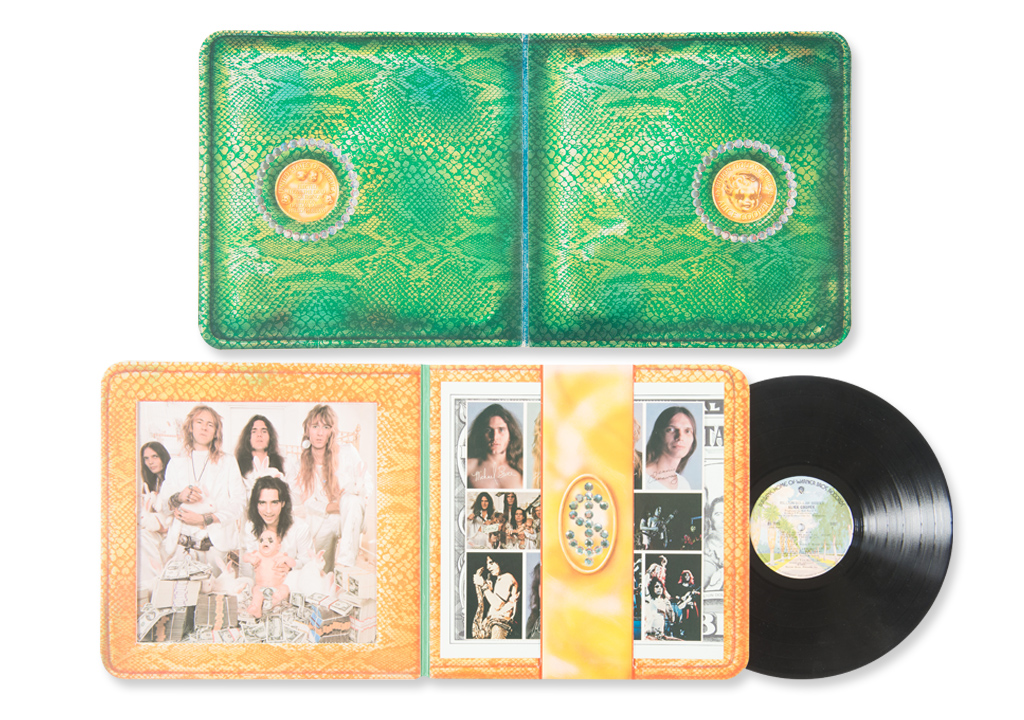
**ELO **
Out Of The Blue (JET, 1977)
Is it mere coincidence that ELO’s most commercially successful album arrived just months after Star Wars? Space fever was in full swing, and those same teens who loved Luke Skywalker were now staring at the ELO Mothership, the mysterious control room in the gatefold, while assembling the cardboard cutout space station, all to the burbling intergalactic strains of Mr. Blue Sky.
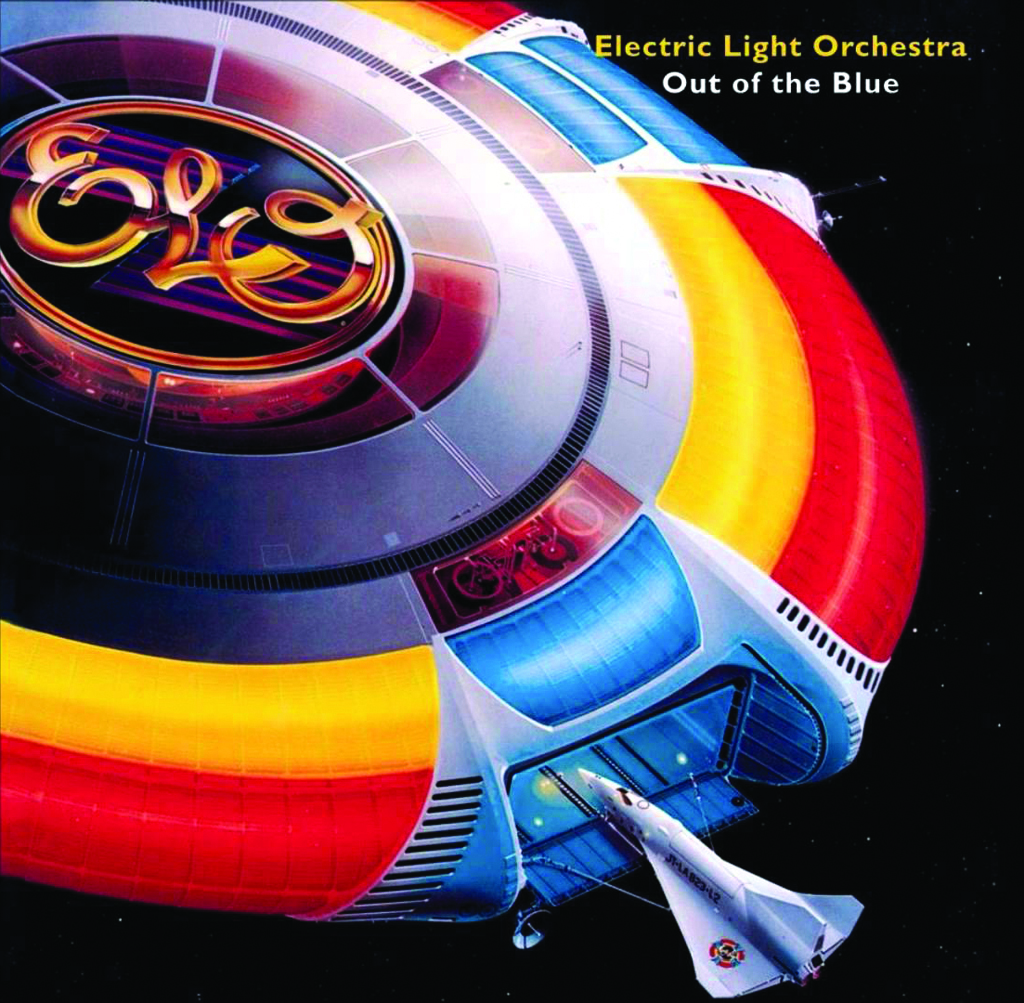
PiL
Metal Box (VIRGIN, 1979)
A work of avant-punk mastery, driven by otherworldly dub, corrosive guitar noise and John Lydon’s cat-in-a-drain vocals. As if to magnify the utilitarian discomfort of the music itself, PiL’s second album was split over three 12-inch records and packed inside a metal film canister. Given that each side of vinyl only contained 10 minutes of music, this was anything but easy listening.
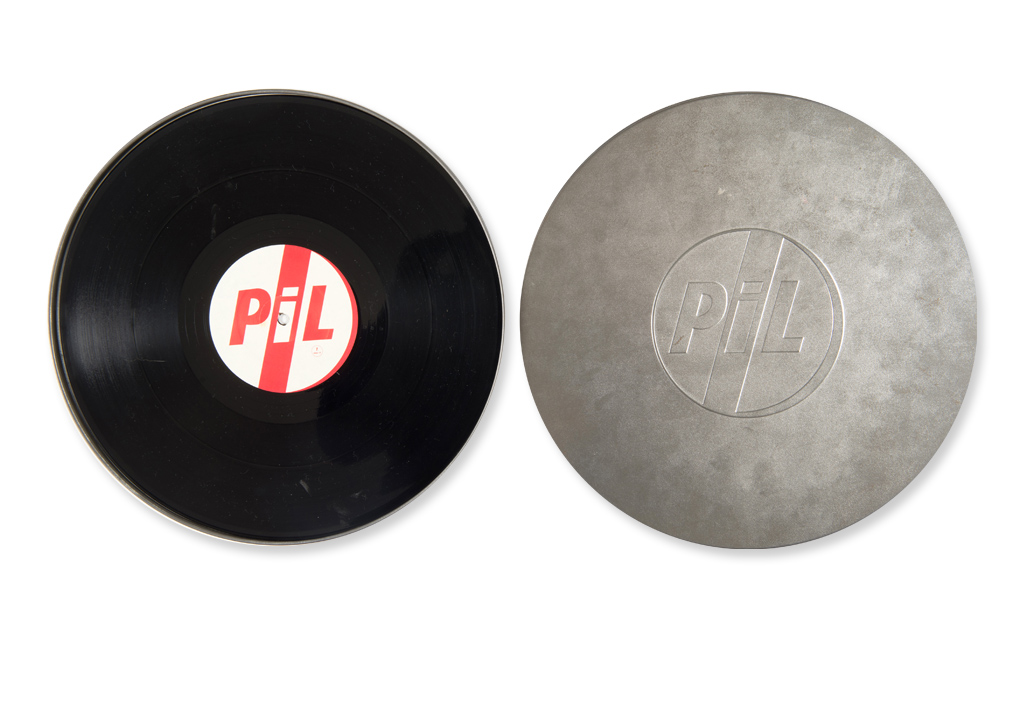
JANE’S ADDICTION
_Nothing’s Shocking _ (WARNER BROS, 1988)
It wasn’t enough for Perry Farrell’s genre-bending miscreants to provide a compelling, artful alternative to the limping, arse-end of the hair-metal phenomenon. Nothing’s Shocking was a towering debut, of course, but housing it in a rubber sleeve – that’s ribbed rubber, obviously – hammered home its creators’ credo of rock’n’roll perversion and adversarial flair perfectly. And it was “wipe-clean”, too, which was nice.
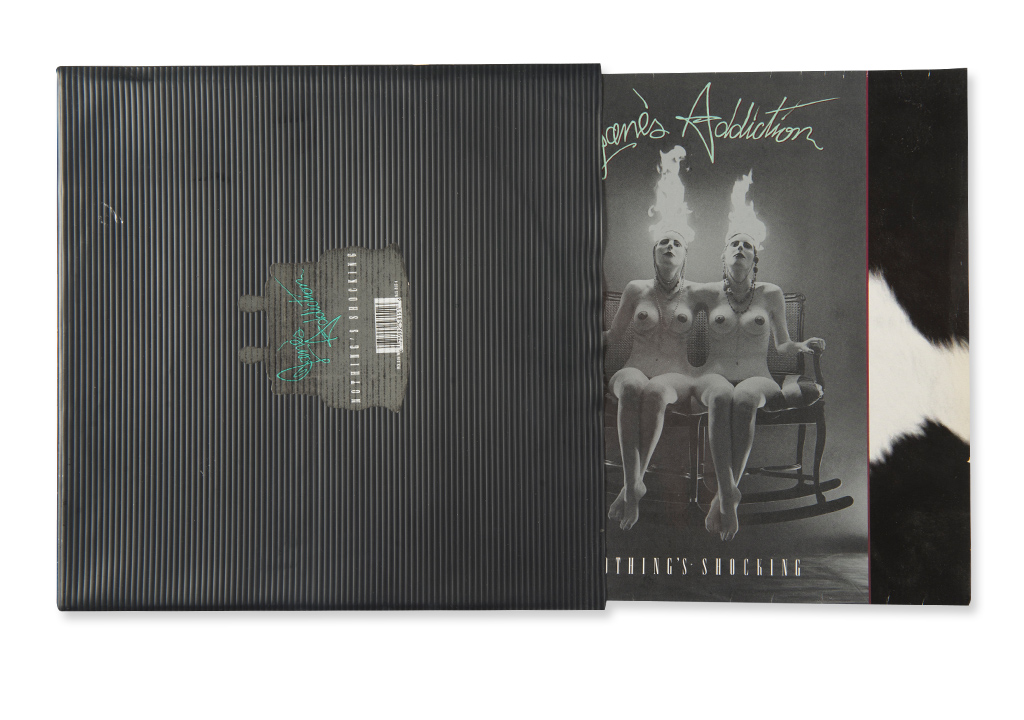
**THE DEVIL’S BLOOD **
The Time Of No Time Evermore (VAN, 2009)
The Devil’s Blood were born to have their music lovingly pressed onto vinyl. And this double vinyl album was the perfect format for the occult psych rockers. Not only does it sound better than its CD equivalent, but the packaging was inspired. It was clothbound, with gold lettering, and included both a booklet and poster. The whole impact was alluring and apposite.
